Too often we think of fly fishing from the success standpoint. How many fish did we catch? How big were they? Did it get into our backing? Sometimes we forget about the sporting side—the beauty of getting bested by a fish, making it a little tough on ourselves, and the experience of actually trying to catch a fish. It shouldn’t be a game of results, at least not all the time.

We think small-stream fishing captures the essence of fly fishing perfectly. Sure, you’re probably not going to hook a 20-incher (although, not impossible), but there’s so much technique that goes into fooling a brook trout that’s hovering in a 2-foot-wide riffle. It takes patience, accuracy, and luck to make it happen. In other words, it takes a good angler.
Long story short, we love small stream fishing, maybe more than any type of angling. By their nature, small streams are free-flowing and often contain wild fish. It’s a subgenre of fly fishing that exists purely for the joy of it—and that’s what it should be all about.
So, with that in mind, let’s explore a few strategies for fishing small streams.

__
The Perfect Tool for the Job
If you’re going for a specific type of fishing, then you need a specific type of rod. Don’t get us wrong, you could definitely fish a small stream with a 5-weight, graphite rod, but this is a game of sport, so why not make it sporting? This is the perfect opportunity to go a bit smaller and lighter with your rod, which will allow you to place flies delicately for wily fish and also navigate around tight quarters more easily.
A great option is the three-weight, eight-foot-six-inch Vesper. It’s a bit shorter than the larger weights, with plenty of power to turn over flies in just about any situation. Or, our personal choice for small streams is the three-weight, seven-foot Revival. It’s even shorter, and the fiberglass has an unmatched feel and delicacy when precision and stealth matter most. It’s a small-stream beast and a joy to cast.
Make the First One Count
Now, let’s get to the fishing. The challenge of small streams is that they’re...small. And that means fish will probably be able to sense your presence far before you’re able to sense theirs. So, as you approach the stream, it’s safe to assume that there’s already a fish in the water you’re approaching; you just can’t see it yet.
So, with this in mind, be fully prepared for a cast as you approach the water. Decide what you’re going to cast and how you’re going to cast it ahead of time, so you don’t spook fish by messing it up or fooling around with your tackle. Your chances are best on the first cast, so make it county.
Better Blend In
This is probably the most important tip we could offer for small stream fishing. Keep a low profile, literally. Crouch down. Nothing alerts a trout to your presence more quickly than a long shadow cast across the water, so try to put your face into the sun while approaching the water to avoid spooking fish. And, keep your casts efficient. The less you have to false cast or recast, the better off you’ll be.
Also, tread lightly and carefully along the bank. The fish may not be able to hear you, but that crane or otter can, and when they freak out, the trout will freak out too. So, try not to upset the natural balance by blending in and being “one with nature.” Lastly, be sure to wear earth tones or even camouflage when you’re fishing small streams. Keep that space-age reflective jacket at home.
Ideal Casts
If you’re willing to put in the time and effort, you can learn a few casts to give you an advantage on small streams. Here are a few of our favorites:
- Roll Cast | This is a beautiful cast for small streams. Not only does it allow you to get the line out without snagging foliage behind you, but it’s also a fairly low-profile cast as well. When done correctly, it’s subtle and extremely effective. Make sure to get plenty of practice on the water ahead of time; this is a tough one to practice effectively on your lawn or in the driveway.
- Steeple Cast | This is a great option for small streams, particularly if it’s in very close quarters on both sides of the water. The roll cast needs a bit of space in front of you, but you can throw a steeple cast in a space not much larger than the length of your fly rod. Of course, you need plenty of space above your head, so keep that in mind.
- Bow-and-Arrow Cast | Now we’re in extremely close quarters—we’re talking about peering through bushes and crawling on your hands and knees. To us, this cast is the last resort, but when done correctly, it can open up areas of the stream you thought were impossible to fish.
-
No Cast | Yep, that’s right. You don’t always have to cast your fly rod at all. Sometimes, it’s best to slowly approach the stream with your rod in front of you and lightly drop your fly in the water. This is a great technique for nabbing trout hiding under cut banks, particularly on your side of the river.

No Stone Unturned
One thing that constantly amazes us about trout is their ability to find shelter in the water. If you think there may be one or two trout holding in an area, there’s almost certainly twice that many. So, when you’re fishing small streams, don’t assume there’s not a fish in an area that looks too small or too shallow to hold fish. In fact, those can be some of the best spots. Take your time as you’re fishing up or downstream, and hit all of the tiny little pockets, riffles, eddies, and areas along the bank. You’ll be surprised by what you can turn up.
Don’t Overdo It
Lastly, small streams are delicate ecosystems and they need to be treated well. As anglers, we need to go above and beyond to protect these wild little gems, which means going above and beyond regulations as well. So, if the water temperatures are hovering at or above 55 degrees, move on. Or, if the water levels are very low, then give the fish a rest. Of, if you’ve been catching fish all day, have some self-restraint and call it a day, maybe enjoy a leisurely nap on the bank. The fish won’t mind at all.
Your Little Secret
As we’ve mentioned, small streams are hidden by their nature. They can be hard to find, hard to get to, and easily passed up by the multitudes. So, when you’re planning your next outing, try exploring those little blue lines on the map that don’t look like honey holes at first glance. You never know what you may find. And, when you do find that perfect little stream, keep it to yourself. We don’t always advocate for secrecy in fly fishing, but small streams require a bit more discretion than some other fisheries. They simply can’t afford to manage crowds on the weekend, so this is your chance to look another angler in the eye and say, “Nah, the fishing was terrible,” when they ask about it. You’ll know the truth.


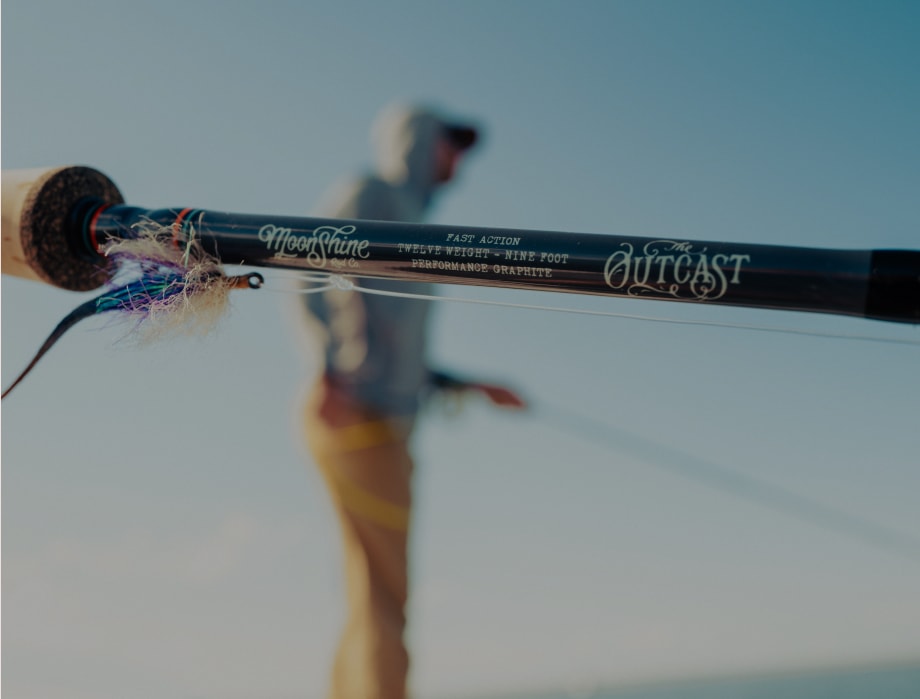
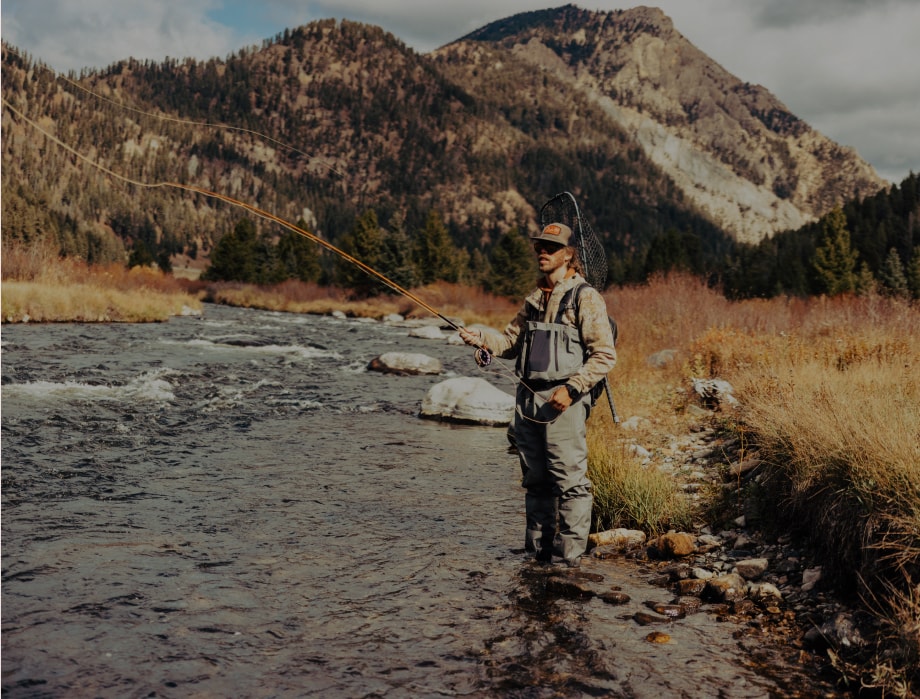
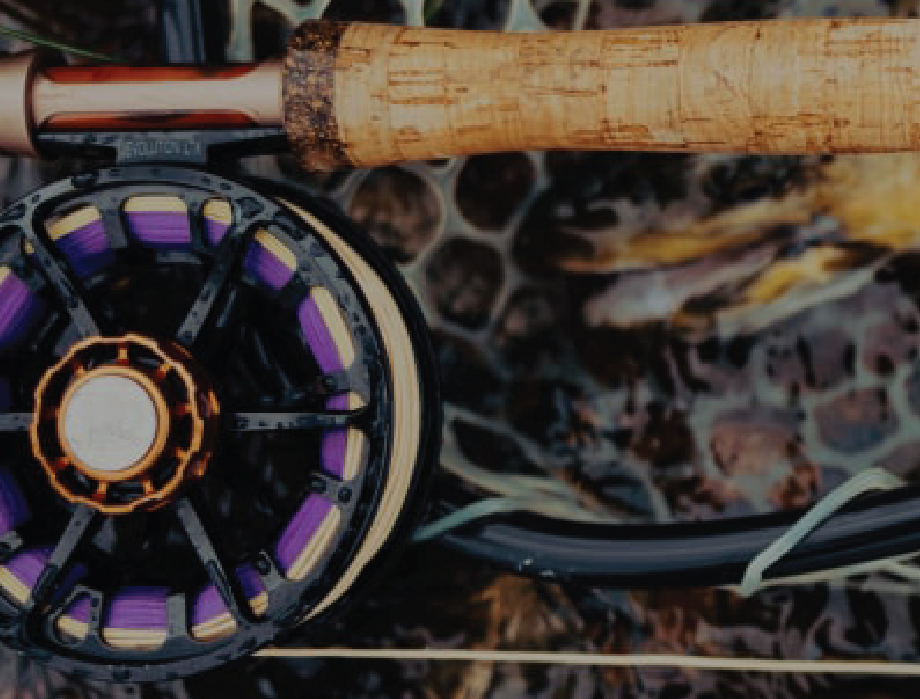


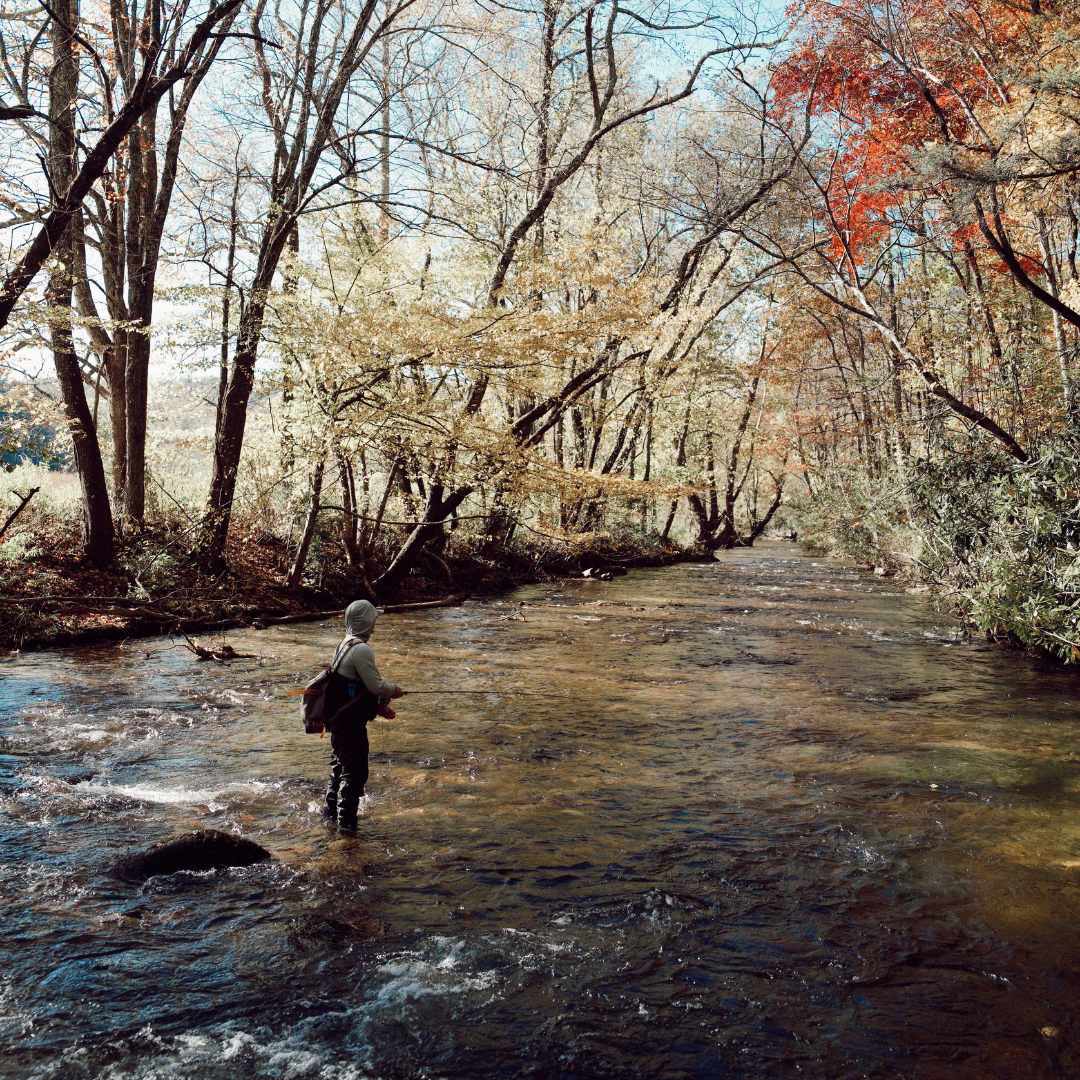
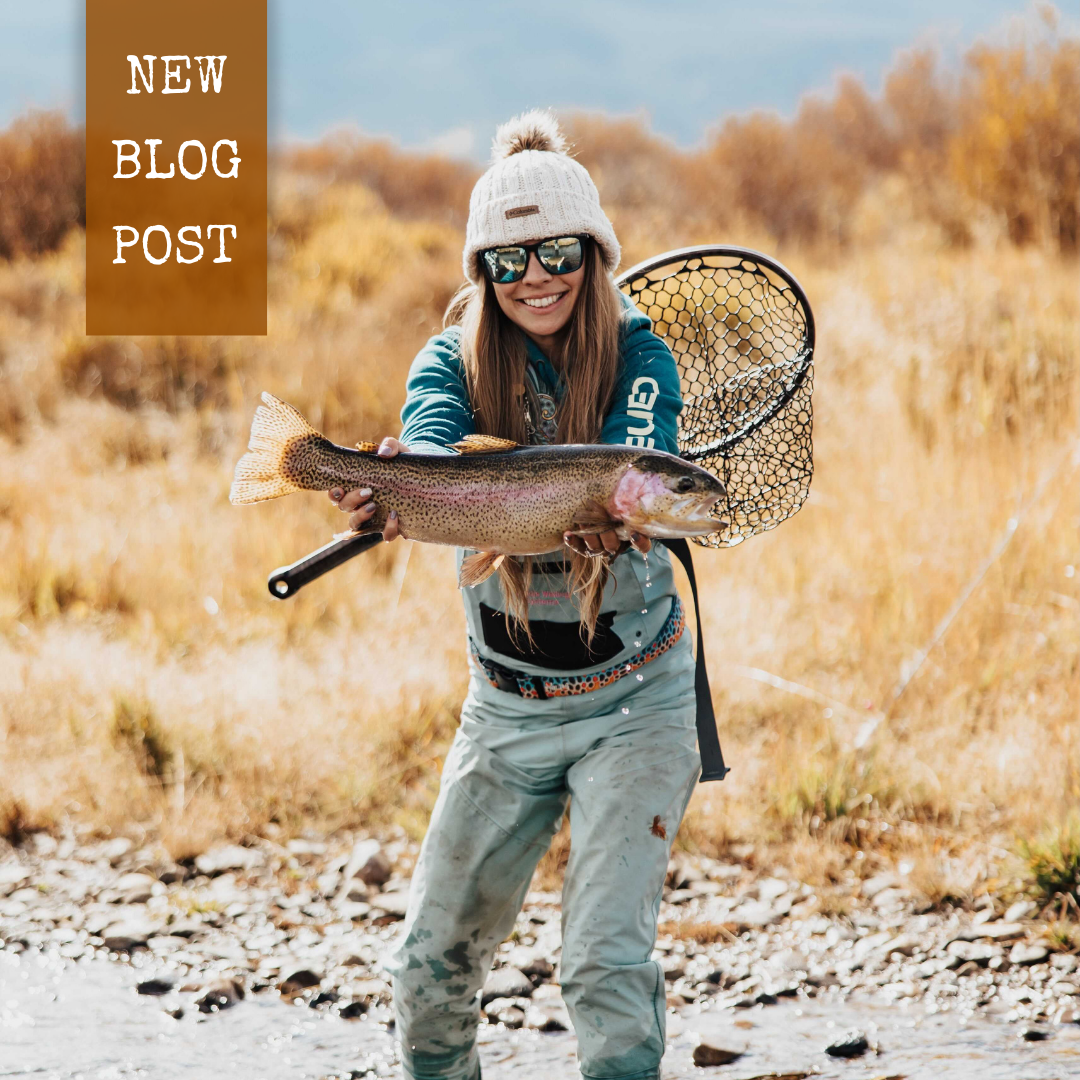
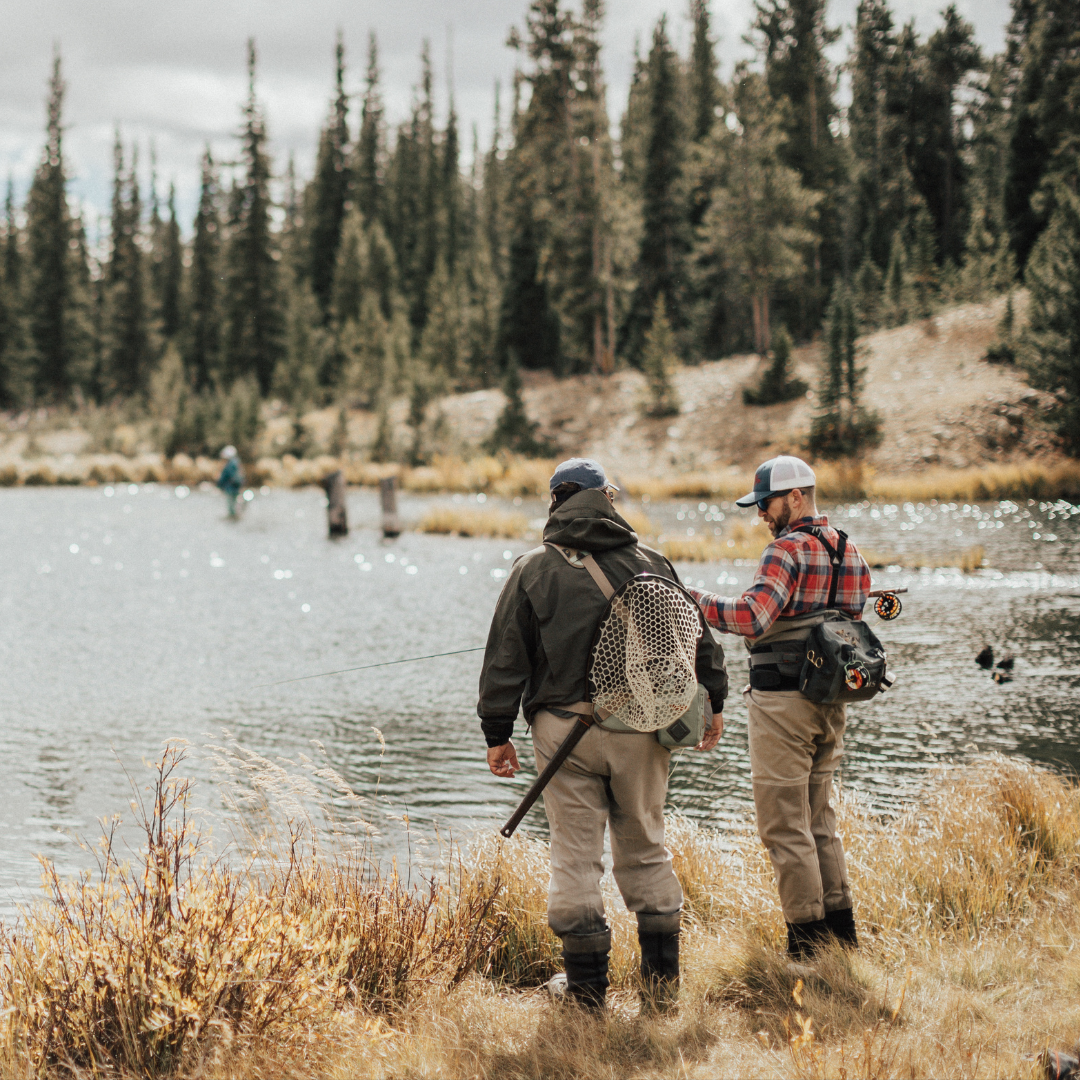
Leave a comment
All comments are moderated before being published.
This site is protected by hCaptcha and the hCaptcha Privacy Policy and Terms of Service apply.